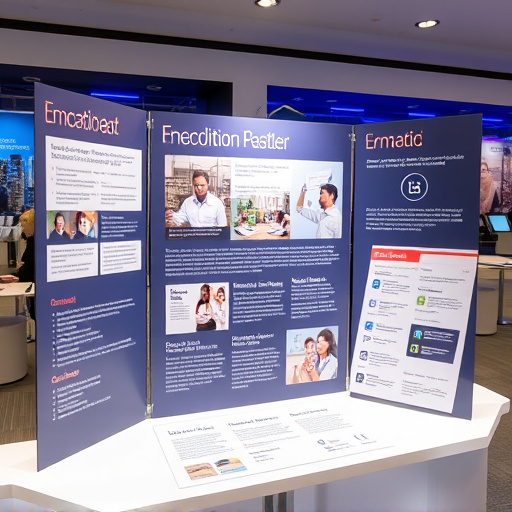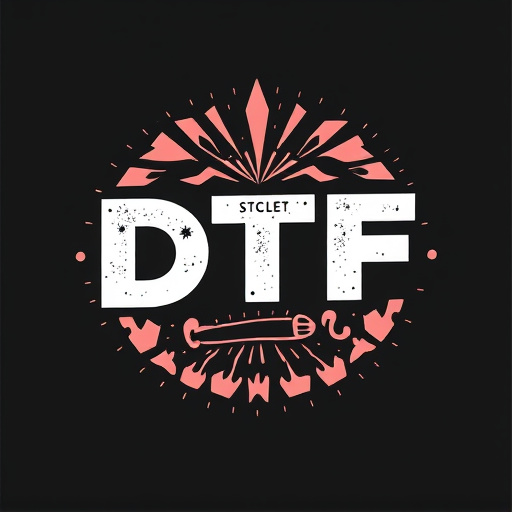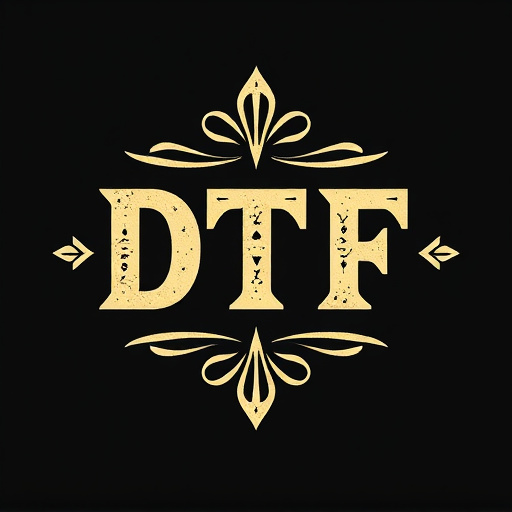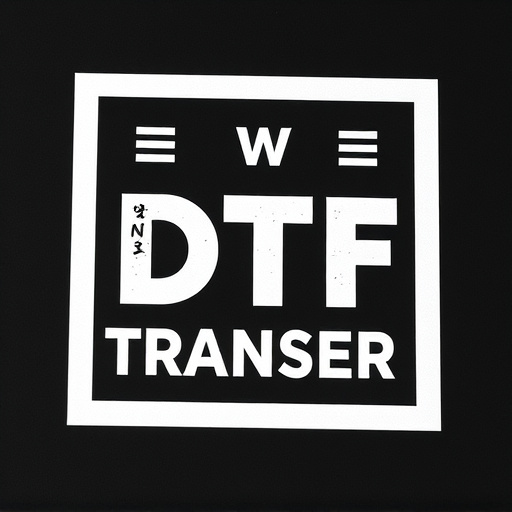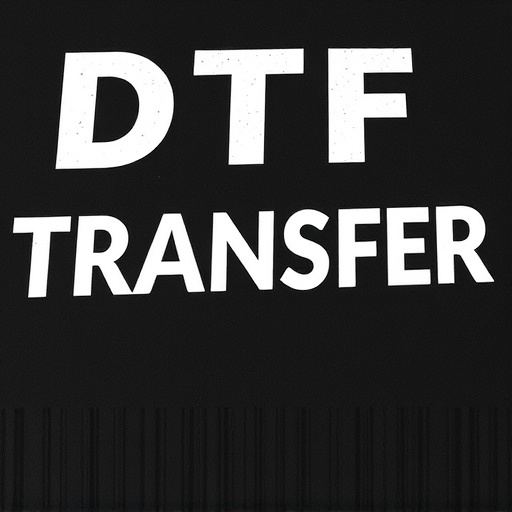DTF Prints (Direct-to-Film) revolutionize film preservation and enjoyment by delivering high-quality prints from digital files, preserving detail, color, and unique film aesthetics. With a history dating back to 1970s screen printing, advancements in inkjet tech and software have driven DTF's evolution into a versatile, efficient method for diverse applications, from apparel to cinema. Optimal DTF printing requires careful material and technique selection, focusing on film stocks and transfer process precision. DTF Prints are transforming American cinema, showcasing intricate details and vibrant colors in blockbusters and independent films. Future prospects include enhanced quality, accessibility, and new materials, making DTF a dynamic creative medium.
Direct-to-film transfers (DTF prints) have emerged as a game-changer in the US cinema industry, offering an innovative way to preserve and enhance film aesthetics. This article delves into the world of DTF prints, exploring their understanding, history, and key benefits for film projects. We’ll uncover the importance of material choices and techniques for optimal results, while also highlighting popular applications within American cinema. Additionally, we’ll gaze into future trends, ensuring you’re informed about this revolutionary process in the ever-evolving landscape of filmmaking.
- Understanding Direct-to-Film Transfers (DTF Prints): A Brief Overview
- The History and Evolution of DTF Printing in the US
- Key Benefits of Using DTF Prints for Film Projects
- Choosing the Right Material and Techniques for Optimal Results
- Popular Applications of DTF Prints in the American Cinema Industry
- Future Trends and Innovations in Direct-to-Film Transfers
Understanding Direct-to-Film Transfers (DTF Prints): A Brief Overview

Direct-to-film transfers, or DTF Prints, are a cutting-edge method that enables the creation of high-quality film prints directly from digital files. Unlike traditional printing techniques, which often involve intermediate steps and physical negatives, DTF technology allows for precise and accurate reproduction of cinematic images. This process involves using specialized equipment to expose and develop photographic paper with data from a digital source, resulting in stunning visuals that closely mimic the original film stock.
DTF Prints offer several advantages, including exceptional detail retention, vibrant colors, and the ability to replicate the unique aesthetics of various film types. They are particularly popular among filmmakers, collectors, and enthusiasts who seek to preserve and display their favorite movies with remarkable authenticity. As technology advances, DTF prints continue to gain traction, providing a modern solution for enjoying cinematic art in its most faithful form.
The History and Evolution of DTF Printing in the US
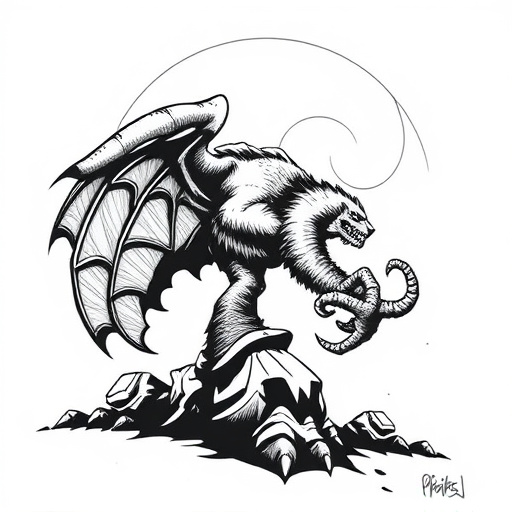
Direct-to-film (DTF) printing in the United States has a rich history, evolving from simple screen printing methods to advanced digital technologies. The roots of DTF can be traced back to the 1970s when screen printing was the primary method for applying designs to various materials. Over time, advancements in inkjet technology and printing presses led to faster, more precise DTF prints.
In the 1990s, the digital revolution brought significant changes to the printing industry. The introduction of electronic design software and high-resolution printers enabled more complex and customizable DTF prints. Today, DTF printing is a versatile method used for everything from custom apparel to promotional products, offering businesses and individuals an accessible way to bring their designs to life with exceptional quality and speed.
Key Benefits of Using DTF Prints for Film Projects
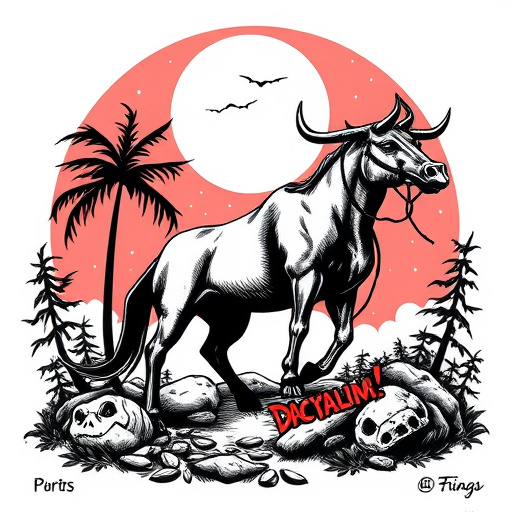
Direct-to-film (DTF) prints offer a range of advantages for film projects in the United States, making them an attractive option for filmmakers and production houses alike. One of the key benefits is their ability to preserve the cinematic look and feel of a film with exceptional precision. DTF technology allows for a direct transfer of the film’s image onto various media, ensuring a high level of detail and color accuracy that matches the original vision of the directors and cinematographers.
Additionally, DTF prints provide a cost-effective solution for small and independent films, as well as for restoration projects. By bypassing traditional printing methods, filmmakers can save on production costs without compromising on quality. This accessibility makes DTF an appealing choice, enabling more projects to bring their stories to life and reach audiences with a cinematic experience that is both vibrant and authentic.
Choosing the Right Material and Techniques for Optimal Results

When creating direct-to-film (DTF) prints, selecting the appropriate materials and techniques is paramount to achieving optimal results. The first step involves choosing high-quality film stocks that align with your desired aesthetic. Different films offer distinct characteristics such as contrast, color saturation, and grain structure, each contributing to the final print’s visual appeal. For instance, fine-grain films might be preferred for their crisp details while coarser grains can impart a vintage look.
Beyond film selection, mastering the transfer process is crucial. Techniques like proper exposure settings, precise registration, and meticulous color balancing ensure that the digital image is accurately translated onto the physical medium. Advanced printers often employ specialized software to fine-tune these parameters, allowing for precise control over the final DTF print’s quality and consistency.
Popular Applications of DTF Prints in the American Cinema Industry
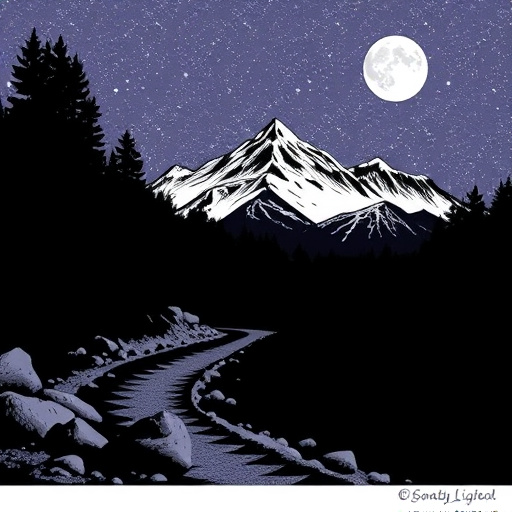
Direct-to-film (DTF) prints have found a significant place in the American cinema industry, revolutionizing both production and exhibition processes. These advanced printing techniques enable filmmakers to capture intricate details and vibrant colors, enhancing the overall cinematic experience. DTF Prints are particularly popular for creating high-quality visual effects, allowing artists to bring fantastical worlds and complex scenarios to life on the big screen.
In recent years, DTF technology has been instrumental in producing stunning visuals for blockbusters and independent films alike. From intricate set pieces and backdrop landscapes to seamless digital integration, these prints add a layer of realism and immersion that captivates audiences. With the ability to reproduce fine details and rich textures, DTF Prints contribute significantly to the artistic vision of filmmakers, making them an indispensable tool in modern cinema.
Future Trends and Innovations in Direct-to-Film Transfers
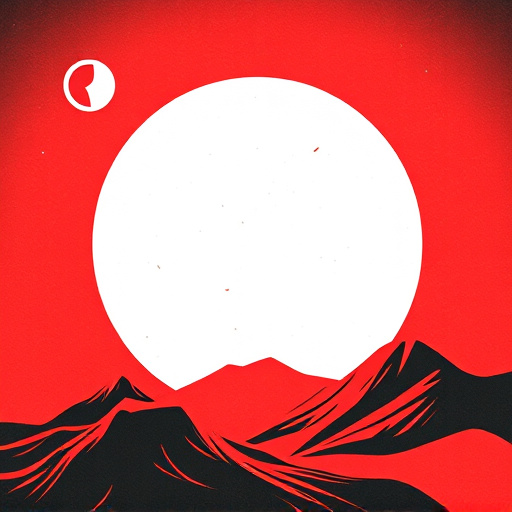
The future of direct-to-film transfers (DTF) looks bright with continuous innovations aimed at enhancing quality and accessibility. As technology advances, we can expect to see more precise and vibrant DTF prints, leveraging advanced inkjet printing techniques and high-resolution screens for exceptional detail and color accuracy. The integration of digital workflows is also set to streamline production, making it faster and more cost-effective while reducing waste.
Additionally, the trend towards customizable and on-demand printing will empower artists and enthusiasts to create unique DTF artwork tailored to their preferences. With advancements in materials science, we might even see the introduction of new media types, expanding the artistic possibilities for DTF transfers. These future trends promise to solidify direct-to-film transfers as a prominent and dynamic medium in the creative industry.


